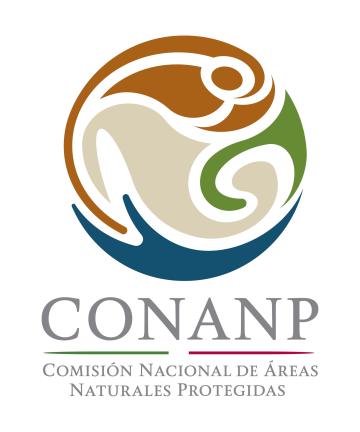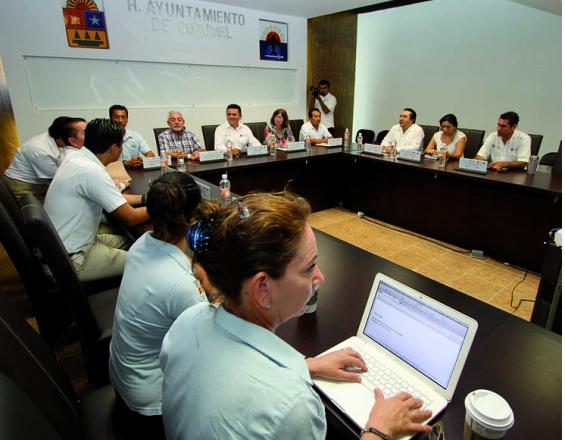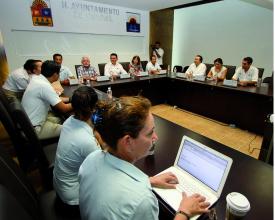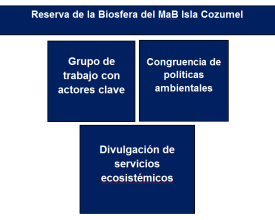
Cozumel Reef Management Cooperation

Due to its spectacular marine life, Cozumel is a main tourist destination for diving. Poorly planned and managed tourism development has critically damaged Cozumel’s coastal and marine habitats. Strengthened cooperation and coordination among key public and private stakeholder groups are necessary to more effectively implement the environmental management plan. In addition, information campaigns raise the local population’s awareness and involve them in protection and conservation strategies.
Context
Challenges addressed
badly planned coastal development, biodiversity loss and incongruent public policies
Location
Process
Summary of the process
= will be added = (available in Spanish)
Building Blocks
Evaluation of Environmental Policy
Enabling factors
Lesson learned
Multi-stakeholder Workshops
Enabling factors
Lesson learned
Awareness Raising
Enabling factors
Lesson learned
Impacts
• Synergies between different institutions to reach a common goal • In-depth knowledge on various issues, gained by the participants of the working group • Higher environmental quality • Active participation of the local population • Creation of a high-quality tourism that is conscious about its contribution to benefit the local community
Beneficiaries
fishermen, tourism service providers, coastal villages, local governements and the inhabitants of Cozumel




